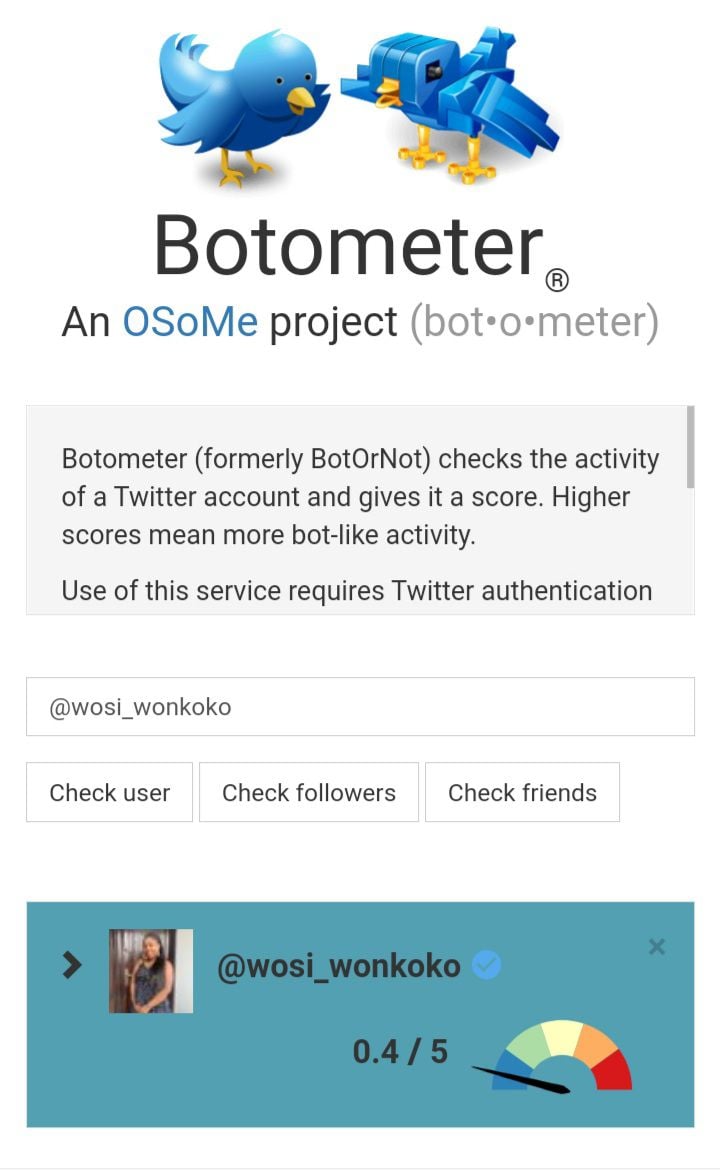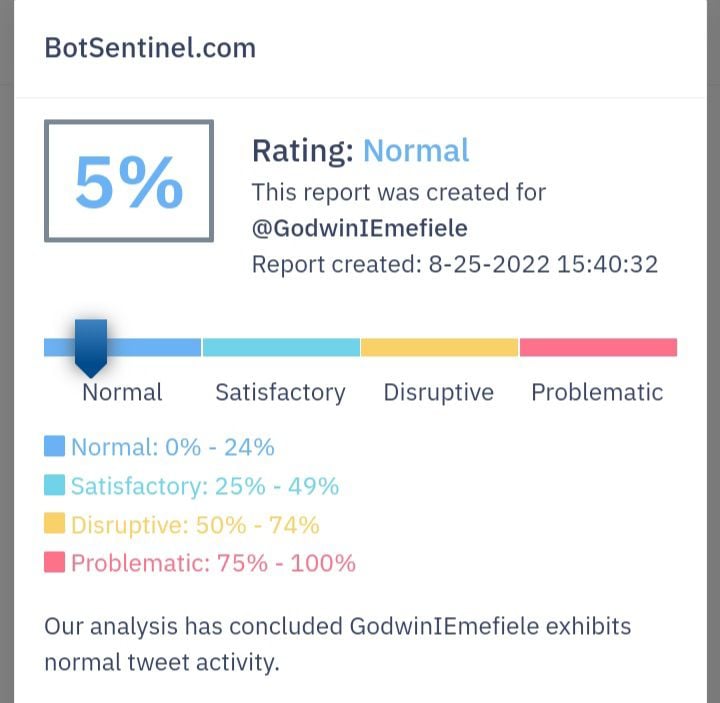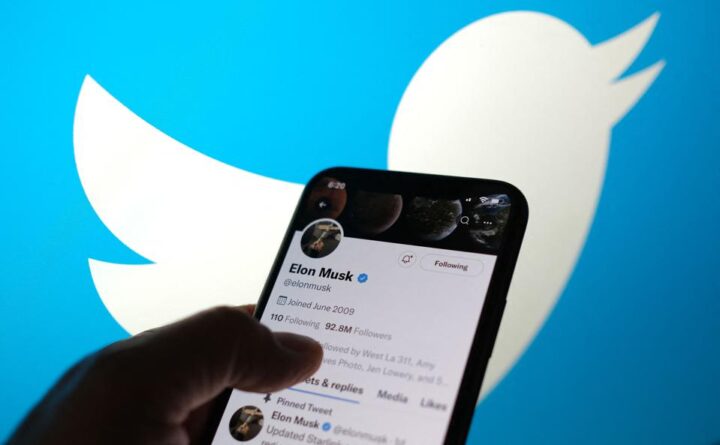If you follow Elon Musk, the world’s richest person, you should be aware that he is trying to terminate his $44 billion deal to buy the microblogging platform.
Musk has argued that fake accounts or bot accounts are a significant share of the platform’s active user base, far from the ‘less than 5 percent’ the company disclosed.
Understanding bots
A bot is a social media account operated by a computer programme or script rather than a human. Bots typically imitate or replace human user behaviour.
While some bots, such as search engine crawlers are good, bad bots are built to carry out malicious attacks at scale. Such bots can manufacture and spread disinformation intentionally, alongside painting a doggy narrative of issues that end up sinking into our consciousness.
Advertisement
One research by cybersecurity firm Barracuda showed that bots make up nearly two-thirds of internet traffic, with bad bots accounting for nearly 40 per cent of all traffic.
Why should we identify a bot?
It is important to clearly understand if humans or machines are the true drivers of online conversations.
Let’s use the 2016 United States presidential election as an example. Research shows that over 50,000 Russia-linked Twitter accounts posted content that ultimately influenced the outcome of the polls.
Advertisement
Similarly, bot-driven Russian accounts posted thousands of messages within 48 hours of the EU referendum in 2016, primarily supporting Brexit. These incidents call for vigilance among social media users to avoid falling for disinformation.
As the 2023 Nigerian general election approaches, social media users need to familiarise themselves with tips to detect bots. These bots can influence political conversations on social media, spread disinformation, and increase polarisation between political groups.
Here are three bot detection tools that are free, easy to use and reliable:
Botometer
Botometer, formerly called BotOrNot, is an online tool that checks the activity of a Twitter account and rates how likely it is to be a bot.
Advertisement
When you review an account on Botometer, it gives a score from 0-5. A low score indicates that the account is likely human and a high score means the account has more bot-like activities.
To use Botometer, you must have a Twitter account and be logged in.

Bot Sentinel
Bot Sentinel uses machine learning and artificial intelligence to study Twitter accounts. It identifies bots and classifies them as either trustworthy or untrustworthy. It then stores those accounts in a database to track them daily.

Advertisement
Twitonomy
Twitonomy is a tool for analysing Twitter accounts and their activities. It can identify indicators of suspicious or bot-like behaviour on the platform.
Suspicious behaviour can be the frequency of posts or volume of retweets, activeness of the account at off-hours, missing profile pictures, and others.
Advertisement
In the fight against the misinformation pandemic, fact-checkers can also use these tools to pinpoint bots that propagate fake news
Insights in this media literacy article were gained from the African Academy for Open Source Investigations (AAOSI) fellowship programme, an initiative by the International Center for Journalists (ICFJ) and Code for Africa (CfA).
Advertisement
Add a comment





